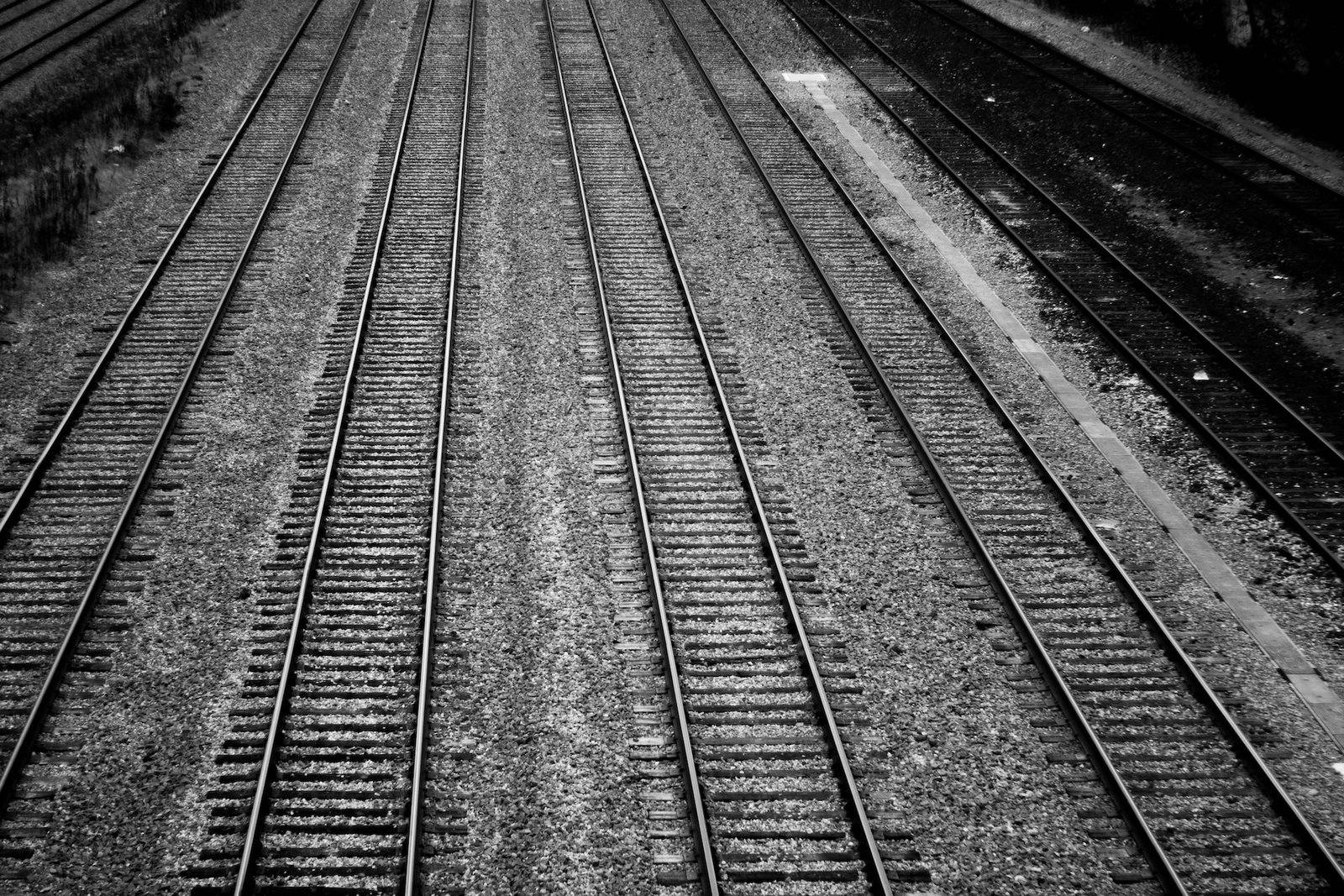The Transcontinental Railroad
Introduction
The Transcontinental Railroad was more than an engineering marvel; it was a nation-defining accomplishment that united disparate parts of America while playing an essential role in shaping the United States as a global economic force. Let’s delve into its rich history, its societal impacts, and the men and women who made it happen.
The Genesis: The Pacific Railroad Acts
In 1862, the U.S. Congress passed the Pacific Railroad Acts. Supported by President Abraham Lincoln, this series of laws facilitated the establishment of the First Transcontinental Railroad, initially known as the Pacific Railroad. This act was a part of the national strategy to not only enhance trade and communication but also to bring unity to a nation torn apart by the Civil War.
The Key Players: Central Pacific and Union Pacific
Two major companies were in the spotlight for this monumental project: Central Pacific and Union Pacific. Both started construction at different geographical points with the intention of meeting in the middle. This collaborative yet competitive spirit drove the project from an ambitious idea to a physical reality that connected the coasts.
Leadership at Central Pacific
The Central Pacific Railroad Company was founded by four prominent businessmen: Leland Stanford, Mark Hopkins, Jr., Collis P. Huntington, and Charles Crocker. Stanford, who was the governor of California at the time, was appointed as the president of the company. They commenced their part of the construction in 1863, working their way eastward from Sacramento, California.
The Role of Chinese Immigrants
Central Pacific’s workforce was diverse but prominently featured Chinese immigrants, who had started arriving in large numbers in the United States. These laborers faced daunting challenges, from cutting through mountains to facing severe weather conditions. Despite this, their hard work laid the tracks over the most challenging terrains, making significant contributions to this massive engineering feat.
Union Pacific: The Other Half
Union Pacific, managed by Vice President Thomas Durant, started their work from the Missouri River in Omaha, Nebraska, and proceeded westward. Their construction started in earnest in 1865, following the end of the Civil War.
A Melting Pot of Workers
Union Pacific had its own set of challenges, notably labor-related. The company predominantly employed Irish immigrants and Civil War veterans. Additionally, the construction had significant ramifications for Native American communities, which led to some conflicts along the way.
Meeting Point: The Golden Spike
After years of toil and numerous obstacles, the two companies finally met near Promontory, Utah, on May 10, 1869. This meeting was symbolized by the driving of the “Golden Spike,” effectively joining the two railroad lines and creating a unified system that spanned approximately 1,907 miles from coast to coast. The railroad also connected with the existing Eastern U.S. rail system at Council Bluffs, Iowa, creating a comprehensive network.
The Societal Impact: Uniting a Nation
The Transcontinental Railroad was transformative for America in multiple ways. It revolutionized trade and transportation, enabled rapid westward expansion, and altered the country’s demographic fabric. Towns sprang up along the tracks, and new opportunities beckoned for those willing to take the journey west.
Economic Benefits
The ability to move goods from one coast to the other in a matter of days was revolutionary for American commerce. This reduced transport times and costs significantly, thereby benefiting both producers and consumers.
Impact on Native Americans
While the railroad connected two coasts, it also severed the lands and livelihoods of Native American tribes. Their homes and hunting grounds were disrupted, leading to conflicts and a lasting impact on Native American culture and lifestyle.
The Evolution of Railroad Technology
Steam to Diesel
The initial technology that powered the Transcontinental Railroad was the steam locomotive. These were mechanical marvels of their time but were quite inefficient by today’s standards. As time progressed, diesel engines replaced steam locomotives, offering greater efficiency and less maintenance. This transition was a crucial step in keeping the rail system modern and competitive with emerging forms of transportation like automobiles and airplanes.
Railway Signal and Communication
The early years of the Transcontinental Railroad relied on basic signal systems and human-operated switches. As the decades passed, advances in technology brought about automated signaling and communication systems, improving the safety and efficiency of railroad operations.
Transforming American Lives: The Cultural Shifts
The Migration Phenomenon
The Transcontinental Railroad was a catalyst for mass migrations. Easterners moved westward, lured by the promises of fertile lands and untapped resources. This westward movement had long-lasting effects on the demographics of states that were formerly frontier territories.
The Birth of Time Zones
Before the Transcontinental Railroad, local mean time was used, which was cumbersome for scheduling trains. The railroad’s need for standardized timing led to the establishment of American time zones, which were later adopted internationally.
Literature and Folklore
The railroad captured the American imagination and became a prominent subject in literature, songs, and folklore. From classic tales of train robberies in the Wild West to narratives about the American Dream, the Transcontinental Railroad has been immortalized in various forms of art and storytelling.
Conclusion: The Lasting Legacy
The Transcontinental Railroad’s legacy is dual-sided: it united a nation but also showcased the human cost of such enormous projects, from the exploitation of immigrant labor to the disruption of Native American communities. Nonetheless, it serves as a testament to American ingenuity, collaboration, and the indomitable spirit of progress.
In today’s context, this incredible journey from concept to completion serves as a lesson in the powers and pitfalls of large-scale infrastructure projects. As we look towards the future, the history of the Transcontinental Railroad continues to offer valuable insights into the complexities of nation-building, technological innovation, and social responsibility.







